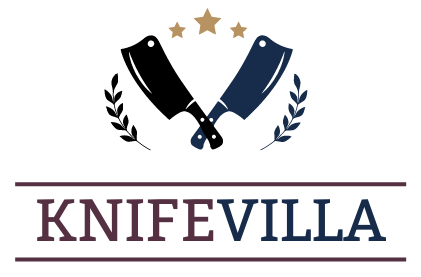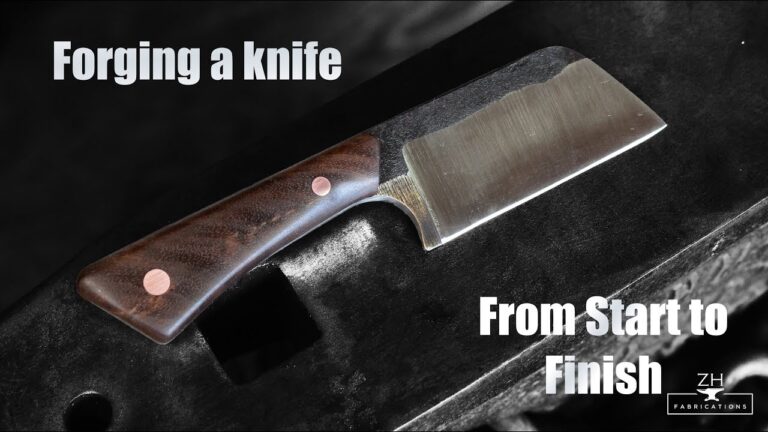How to Sharpen Knives with a Belt Sander (Detailed Guide)
Belt sanders are traditionally the go-to tools for woodworkers. They have a broader range of applications than one might initially think. Among these is the art of knife sharpening. This guide will delve into the nuances of using a belt sander. It will ensure your knives are always razor-sharp and ready for action.
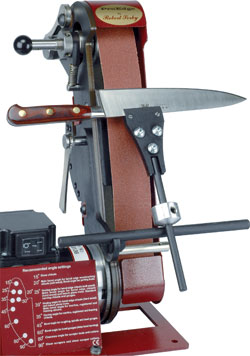
Belt Sander: More than Just a Woodworking Tool
At first glance, a belt sander might seem like a tool exclusively for woodwork. Its robust motor-driven sandpaper strip is adept at performing various tasks. These tasks include removing paint, getting rid of rust, and smoothing out rough surfaces. However, its capabilities don’t end there.
For those struggling with dull kitchen knives or hunting blades, a belt sander can be a game-changer. It has an abrasive action. When it is used correctly, it can breathe new life into blades, making them as good as new.
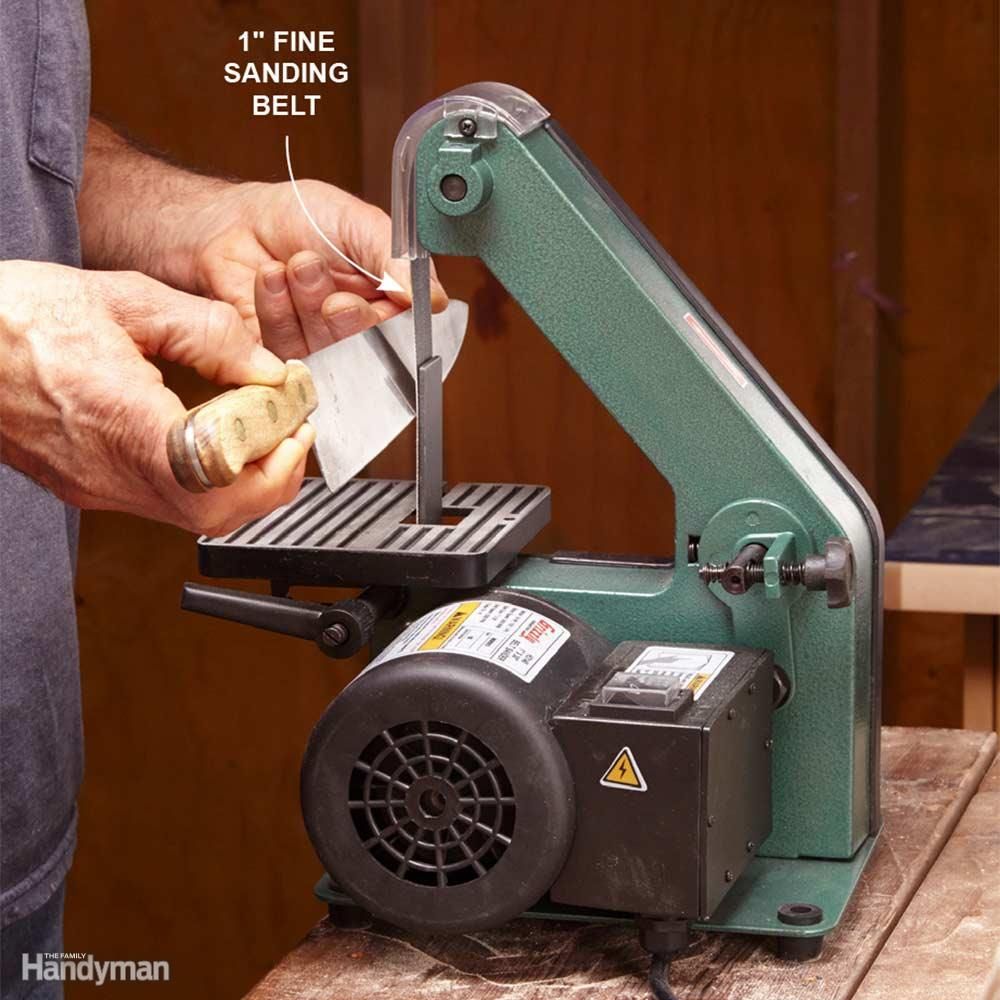
Essential Tools for the Job
Before embarking on the sharpening journey, it’s crucial to be well-prepared. First and foremost, you’ll need 100 grit sandpaper for general sharpening tasks. If you’re dealing with more robust blades, such as hunting knives, having 50 grit sandpaper can be beneficial. And for those seeking a polished, refined edge, a 200 grit belt will be your best friend. Of course, don’t forget the star of the show: the knife or tool you wish to sharpen.
7 Steps Guide to Knife Sharpening with a Belt Sander
- Setup:
Begin by setting up your workspace. Ensure that your belt sander is in a stable position and that you have easy access to all your tools.
- Choosing the Right Grit:
The grit of your sandpaper plays a pivotal role in the sharpening process. While 100 grit is suitable for most tasks, tougher blades might require the coarser 50 grit sandpaper. Once the initial sharpening is done, switch to a 200 grit belt for a refined finish.
- Positioning the Knife:
With the sander running, gently place your knife on the moving belt, ensuring the sandpaper makes contact with the blade.
- Sharpening Motion:
With a firm grip, draw the knife towards you, maintaining a 30-degree angle. This motion should be swift and precise to avoid wearing out the blade.
- Balanced Sharpening:
It’s essential to maintain balance. After sharpening one side, repeat the process on the other to ensure even sharpness.
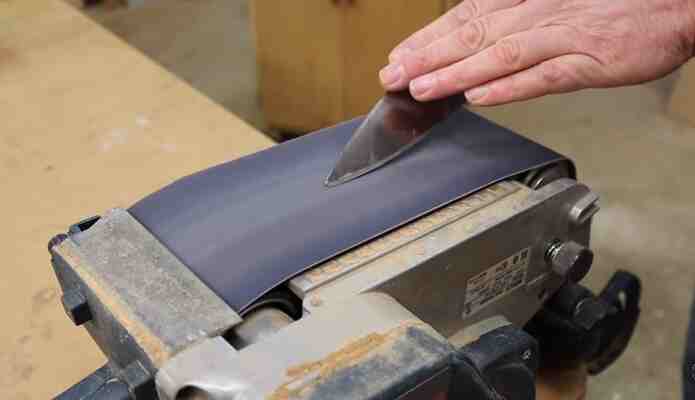
- Refining the Edge:
Once you’ve achieved the desired sharpness, switch to a finer grit. This will give your knife a polished, razor-sharp edge.
- Final Touches:
For best results, go over the blade a few more times on both sides. This ensures a consistently sharp edge, ready for any task.
Safety Precautions to Remember
Sharpening knives is not without its risks. Always prioritize safety.
- Never touch the moving belt with your bare hands.
- Resist the urge to test the knife’s sharpness with your fingers.
- Over-sharpening can reduce a blade’s lifespan, so be mindful of the time spent on each side.
- When not in use; store knives securely and away from children and pets.
- For an even smoother sharpening experience, consider moistening the blade.
- Always wear protective gear, especially when dealing with old or potentially brittle knives.
Final Verdict
The art of knife sharpening using a belt sander is a skill worth mastering. Not only does it ensure your blades are always in top condition, but it also extends their lifespan. It gives you more value for your money. With the insights this guide provides, you’re well on your way to becoming a sharpening pro. Whether it’s a cherished kitchen knife or a trusty outdoor blade, you now have the knowledge to keep them razor-sharp and ready for action.
Frequently Asked Questions
Belt sharpeners are incredibly efficient, especially on materials like stainless steel. Their performance on serrated blades is particularly commendable. It offers a sharpness that’s hard to achieve with other tools.
The process is simple yet effective. Wrap your chosen sandpaper around a sturdy wooden block. Use a circular motion and run the knife across the sandpaper. It ensures you spend equal time on both sides to maintain balance.
It’s a common misconception that applying pressure yields better results. In reality, it’s best to let the sander do its job. Excessive pressure can lead to uneven removal of material.
The 1-inch belt sander is a versatile tool. It’s perfect for sanding wood, removing stubborn adhesives, and sharpening various tools. It also helps in polishing materials like glass or plastic. Its ability to remove material quickly and efficiently makes it a favorite among professionals.
Different knives have their unique compositions and uses. It might require specific techniques and grits. However, with a belt sander, the process is streamlined. It allows for easy sharpening of various blades.
